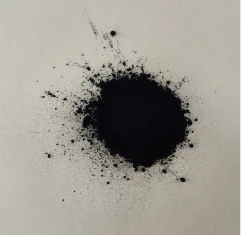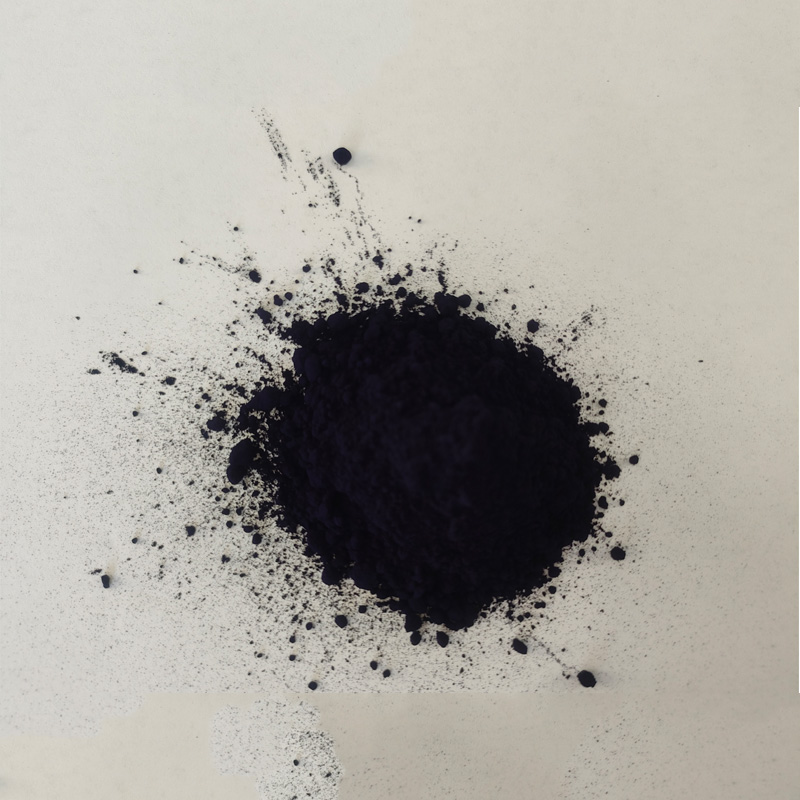indigo


The market’s trust in indigo-based products is largely attributable to their longevity and the unique aging process that enhances the aesthetic value of garments. This trust is bolstered by brands that commit to ethical sourcing and production, providing transparency about their processes and the origins of their indigo dye. Companies that offer certifications and detailed information about their use of natural indigo dye and sustainable practices gain a significant advantage in consumer trust. In terms of authoritativeness, a brand's prowess in producing high-quality indigo products often hinges on its ability to innovate within the constraints of traditional dyeing techniques. This involves investing in research and development to refine manufacturing processes while maintaining the heritage value of indigo. For an audience seeking products that reflect both cultural history and modern sustainability, indigo offers a compelling narrative. Businesses can leverage this by aligning their content and product stories with these themes, ensuring their brand resonates with a wide demographic that values both heritage and sustainability. In conclusion, the allure of indigo as a product color runs far deeper than surface aesthetics—it’s steeped in tradition, requires comprehensive expertise to perfect, demands authority in sustainable practices, and earns trust through transparency and quality. This multifaceted nature of indigo makes it a perennial favorite in the textile industry, blending historical art with contemporary necessity.
-
Sulphur Black Dye: Eco-Friendly, High Fastness for Textiles
NewsAug.28,2025
-
Innovating Bromo Indigo Excellence
NewsAug.23,2025
-
Pioneering Indigo Plant Dye Excellence
NewsAug.23,2025
-
Leading Sulphur Black Dyes Enterprise
NewsAug.23,2025
-
Sulphur Black Dyes Light Resistance
NewsAug.23,2025
-
Indigo Blue Granular Industrial Uses
NewsAug.23,2025
-
Bromo Indigo Synthetic Production Process
NewsAug.23,2025

Sulphur Black
1.Name: sulphur black; Sulfur Black; Sulphur Black 1;
2.Structure formula:
3.Molecule formula: C6H4N2O5
4.CAS No.: 1326-82-5
5.HS code: 32041911
6.Product specification:Appearance:black phosphorus flakes; black liquid

Bromo Indigo; Vat Bromo-Indigo; C.I.Vat Blue 5
1.Name: Bromo indigo; Vat bromo-indigo; C.I.Vat blue 5;
2.Structure formula:
3.Molecule formula: C16H6Br4N2O2
4.CAS No.: 2475-31-2
5.HS code: 3204151000 6.Major usage and instruction: Be mainly used to dye cotton fabrics.

Indigo Blue Vat Blue
1.Name: indigo blue,vat blue 1,
2.Structure formula:
3.Molecule formula: C16H10N2O2
4.. CAS No.: 482-89-3
5.Molecule weight: 262.62
6.HS code: 3204151000
7.Major usage and instruction: Be mainly used to dye cotton fabrics.

